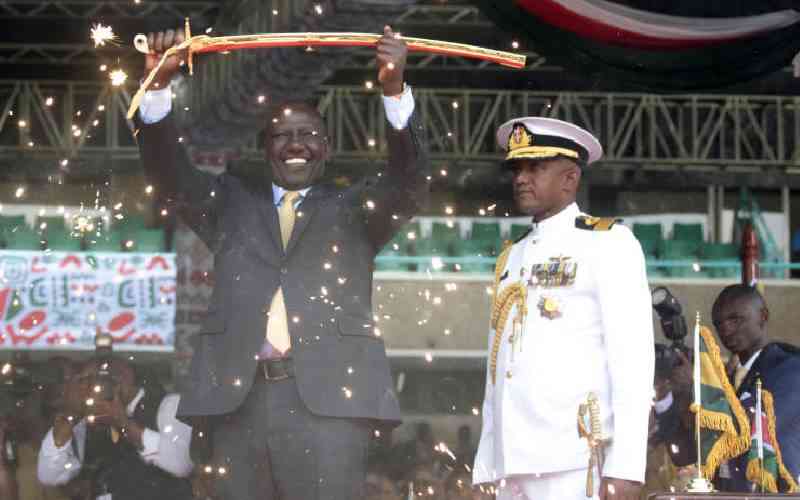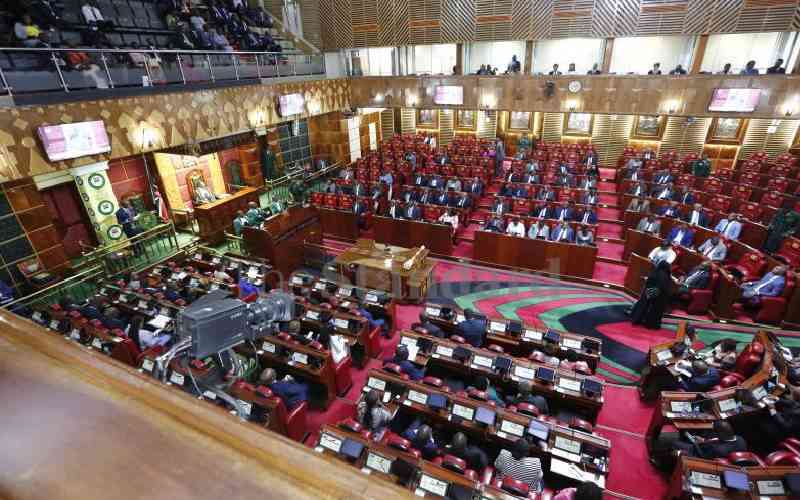Women play a critical role in development. One of the most significant places where gender parity must be achieved is in politics. This is because political office holders often drive the economic, social and policy agenda of a country.
However, getting a seat at the table is no mean feat. Although gender equality and women’s empowerment have advanced, the political arena has one of the lowest female representations, with only 23 per cent of parliamentary seats worldwide being held by women. This low average is brought about by countries with zero or very low women representation.
With just over 50 per cent proportion of women in the population, Kenya must find a way of increasing women representation in Parliament and other political positions. One may ask; how did countries with high women representation do it?
Sweden has mainstreamed gender and made deliberate gender equality policies that inspire equal distribution of men and women in all spheres of life, ensuring everyone has equal opportunities in politics, national and organisational leadership as well as social and economic activities.
Uganda, Argentina, India, Bangladesh, Eritrea, and Tanzania have quotas of parliamentary seats reserved for women. Seychelles has achieved its high ranking in women representation through a sheer political commitment. Can Kenya emulate these countries?
The genocide in Rwanda left the county with about 70 per cent female population, which forced more women to come out and take positions of responsibility at the work place and in leadership. Rather than having a county woman representative to Parliament, suppose the country introduced a rotational women-only constituency representation in each county.
This would still guarantee a minimum of 47 women parliamentarians, who would be having a more directed responsibility of representing a constituency, while at the same time lowering the wage bill by nearly Sh2 billion per annum. All the other constituencies would still allow interested women to contest.
The net effect is that each constituency would begin to groom women who are capable of winning a parliamentary seat. By giving them the buffer protection against men in the initial attempt, this process would strengthen women to contest against men in the next round. Before long, Kenya would have very strong women parliamentarians and politicians.
How the counties decide which constituency to start with and which will be next can be done in a simple ballot where constituency representatives pick a number. The constituency with number one would be the first to have only women contesting.
This would be followed by number two until the last constituency is represented by a woman, and then number one comes up again.
For counties with more than five constituencies, at least two should be reserved for women, again on a rotational basis. These include Nairobi County with the highest number of constituencies numbering 11, which would take until 2072 for all the constituencies to be represented by women if only one constituency is reserved per election.
Kiambu has nine; Meru and Kakamega have eight each while Machakos and Muranga counties have seven constituencies each. Tharaka Nithi, which is a one-constituency county, would have a woman every other election while Isiolo, Laikipia, Samburu and Lamu would take only two elections to have both constituencies represented by a woman and the cycle would restart in 2032.
A majority of the counties comprise three constituencies and would therefore restart in 2037 and after every three elections. This analysis assumes that the rotation will start with the 2022 election.
In the long run, these women would become seasoned and can contest and win Senate and gubernatorial seats, and we would be on our way to achieving sustainable development.
Stay informed. Subscribe to our newsletter
 The Standard Group Plc is a
multi-media organization with investments in media platforms spanning newspaper
print operations, television, radio broadcasting, digital and online services. The
Standard Group is recognized as a leading multi-media house in Kenya with a key
influence in matters of national and international interest.
The Standard Group Plc is a
multi-media organization with investments in media platforms spanning newspaper
print operations, television, radio broadcasting, digital and online services. The
Standard Group is recognized as a leading multi-media house in Kenya with a key
influence in matters of national and international interest.
 The Standard Group Plc is a
multi-media organization with investments in media platforms spanning newspaper
print operations, television, radio broadcasting, digital and online services. The
Standard Group is recognized as a leading multi-media house in Kenya with a key
influence in matters of national and international interest.
The Standard Group Plc is a
multi-media organization with investments in media platforms spanning newspaper
print operations, television, radio broadcasting, digital and online services. The
Standard Group is recognized as a leading multi-media house in Kenya with a key
influence in matters of national and international interest.









